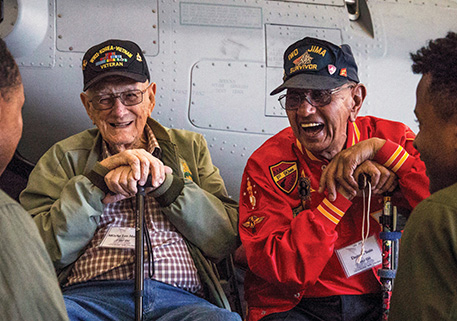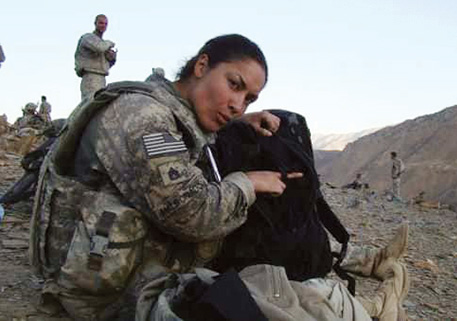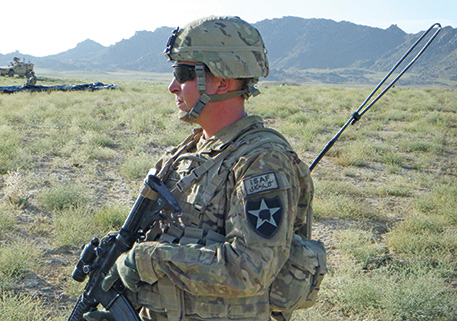Women throughout history who have sacrificed everything for their country are not forgotten but thanked this Women’s History Month
By signing up for newly opened combat roles in the military, women are creating new opportunities and paving the way for future generations of women who will serve. Here’s a look at just a few of the nation’s courageous women who voluntarily put themselves in harm’s way to protect our way of life.
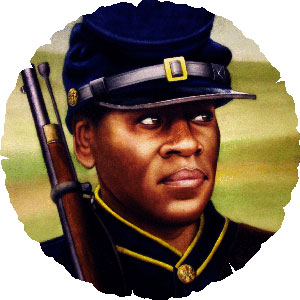 Pvt. Cathay Williams, aka William Cathay (1844–1892)
Pvt. Cathay Williams, aka William Cathay (1844–1892)
Post-Civil War
The first known African American woman to enlist in the United States Army, Cathay Williams enlisted under the name “William Cathay” to hide the fact she was a woman. She was born a slave outside of Jefferson City, Mo., in 1844. When the Civil War began, she was taken by Union soldiers and forced to work for the Army.
After the war, it was difficult for African Americans to find work, so many joined the military. Williams decided she would join, too.
“The regiment I joined wore the Zouave uniform and only two persons, a cousin and a particular friend, members of the regiment, knew that I was a woman,” Williams said, according to Army archives. “They were partly the cause of my joining the Army. Another reason was I wanted to make my own living and not be dependent on relations or friends.”
Williams contracted smallpox as a direct result of her service. Documents show she served right alongside the men in her unit—without being recognized as a woman—until the time she became ill. The disease caused her to be in and out of military hospitals until it was discovered she was female and immediately discharged.
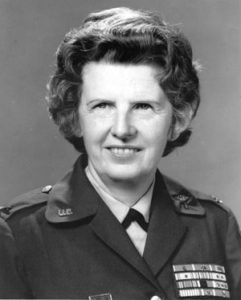

World War II and Korean War
West Virginia native Ruby Bradley joined the U.S. Army Nurse Corps as a surgical nurse in 1934. She was serving in the Philippines in 1941 when she was taken captive by Japanese forces. She continued to serve her fellow prisoners by nursing the ill and wounded, earning her and fellow imprisoned nurses the nickname “angels in fatigues.”
According to the U.S. Army Office of Medical History, U.S. troops stormed the gates of the Japanese camp and liberated Bradley and her fellow prisoners in February 1945. Bradley had been held in captivity for 37 months.
Bradley continued serving in the Army Nurse Corps after her release from the internment camp and went on to serve in the Korean War. She dedicated 30 years of her life to the men and women of the military, becoming only the third woman in U.S. history to be promoted to the rank of colonel.
Reflecting on her time as a prisoner of war, Bradley once said in a TV interview, “You got to get out in a hurry when you have somebody behind you with a gun.”
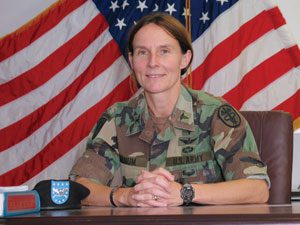

Persian Gulf War
Rhonda Cornum joined the U.S. Army in 1978 and was serving as a flight surgeon with the 101st Airborne Division in Iraq in February 1991. On a mission to rescue a downed fighter pilot, her UH-60 Black Hawk was shot to the ground by enemy forces.
Cornum was one of three soldiers to survive the 140-mph crash. She suffered two broken arms, a bullet wound to her shoulder and knee damage, only to be dragged from the wreckage and taken into Iraqi captivity. On her way to confinement, she was sexually assaulted by one of her captors.
Cornum survived the eight-day captivity and was released back to the Army on March 6, 1991. She endured her injuries and recovered well enough to continue her military career. She retired from the Army at the rank of brigadier general in 2012.
“It helps put everything else in perspective,” Cornum said of being taken captive. “It made you recognize your strength, when previously it hadn’t really been tested much.”
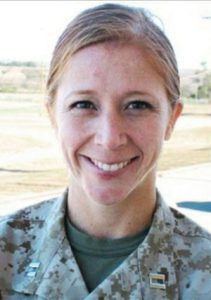

Iraq War
U.S. Marine Corps Maj. Megan McClung became the first female Marine officer to be killed during the Iraq War—and the highest-ranking female in any service—according to the Department of Defense.
McClung deployed to Iraq with I Marine Expeditionary Force in February 2006. She was killed when her Humvee struck an improvised explosive device while escorting media.
“We can’t sum up her 34 years in a brief statement,” her parents told reporters after their daughter’s death. “We know she was an outstanding Marine, a good friend, beloved sister and daughter. People always told us they felt better after spending time with her.”
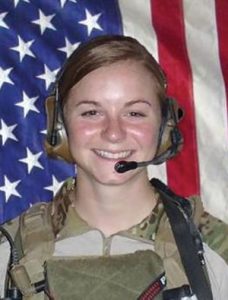

Afghanistan War
U.S. Army 1st Lt. Ashley White Stumpf was killed during combat operations in Kandahar province, Afghanistan, on Oct. 22, 2011, when the assault force she was supporting triggered an improvised explosive device. Stumpf was assigned to the 230th Brigade Support Battalion, 30th Heavy Brigade Combat Team, a National Guard unit from Goldsboro, N.C., and served as a member of a cultural support team (CST) attached to a joint special operations task force in Afghanistan.
As part of a CST, Stumpf took on a new role for women in the military at that time, involving special units of female Army soldiers meant to build relationships with Afghan citizens.
According to “ABC News,” Stumpf “was among the first group of female soldiers to go into combat zones as part of a cultural support team. Considered by many of her fellow soldiers as the ‘quiet professional’ and the ‘heart of the team,’ she was the first member of the special unit to be killed in action.”
“This was 2011; the combat ban was still in place,” author Gayle Tzemach Lemmon, who wrote a book about Stumpf and the CSTs, told “ABC News.” “Most of America still doesn’t know that these women were out there. So they knew that everything they did would be not just their mistake, but every female’s mistake, and so I think they worked even harder.”
National Women Veterans Summit
As a means of addressing the needs and issues of the growing population of women veterans, the VA is hosting and DAV is co-sponsoring the 2017 National Women Veterans Summit, the first at a national level since 2011. The summit—scheduled for April 21–22 in Dallas—will include lectures and discussion panels and aims to promote forward-thinking dialogue on the topics of employment, mental health, entrepreneurship, military sexual trauma, reproductive health and cultural change.
To learn more about the summit, visit the VA’s Center for Women Veterans website at va.gov/womenvet.




